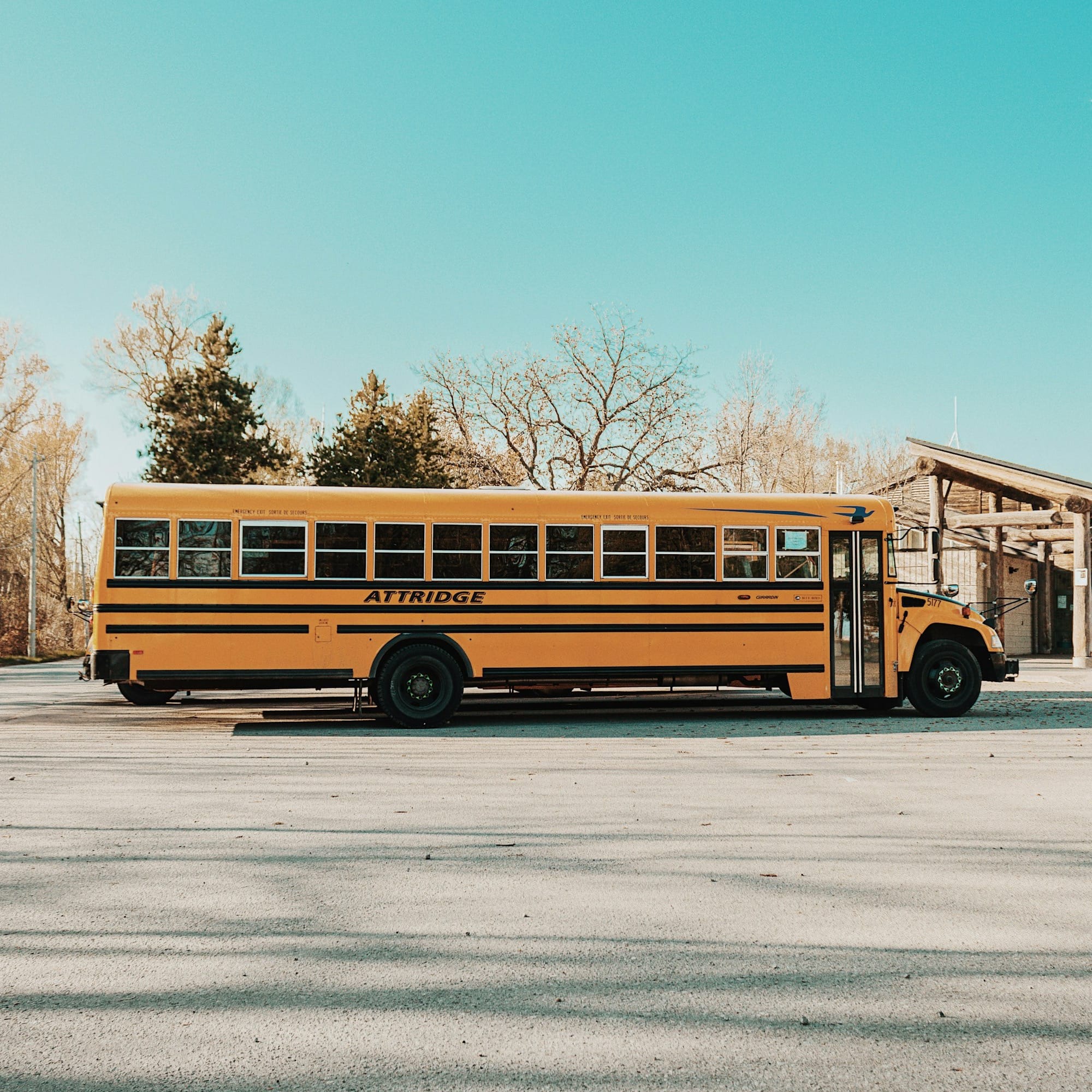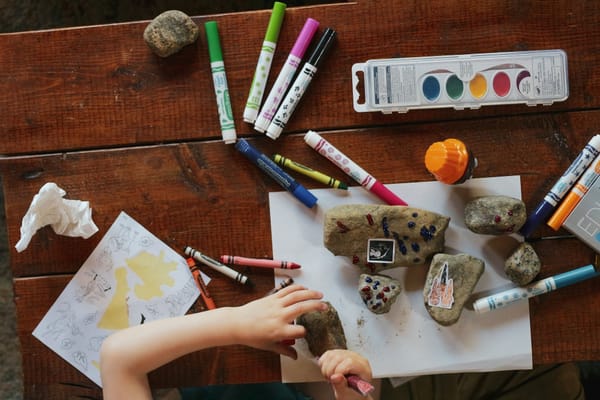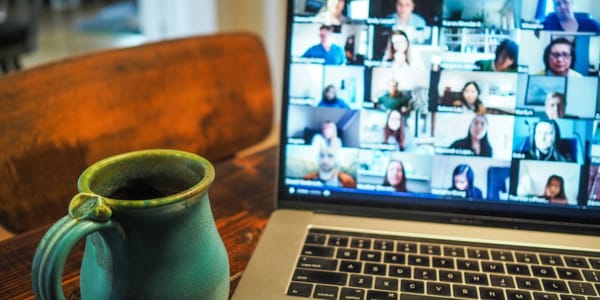The Hidden Costs and Challenges of Montessori Education: Why We’re Transitioning to Public School
I share my Montessori journey—what I loved, the challenges we faced, and why we ultimately chose public school.

This is a shorter version, read the full experience blog here!
While our experience with Montessori was mostly positive, there were some challenges and drawbacks that eventually led us to make the decision to transition to public school after kindergarten. In this post, I’ll share some of the unexpected challenges we encountered—financial, social, and systemic—that played a role in our decision.
"For the year, we spent around $15K, which included summer school costs"
The True Cost of Montessori Education
Let’s be honest—private school is expensive. While the Montessori school we chose was priced similarly to regular daycare, it still represented a significant financial commitment. For the year, we spent around $15K, which included summer school costs. While we felt fortunate compared to some of the more expensive Montessori schools in our area, there were still hidden costs like field trips, supply fees, and the occasional special activity.
Beyond the financial cost, Montessori requires a heavy time commitment from parents. There were plenty of opportunities for volunteering, attending school events, and participating in family outings. While I valued being involved, the time demands were sometimes overwhelming, especially with a busy family life.

The Lack of Diversity
One of the most frustrating aspects of our Montessori experience was the lack of diversity. As a Latino immigrant family, we felt isolated in a school that was predominantly white, with most families coming from European backgrounds. This lack of diversity was not just an issue for us as parents, but also for our daughter. She began to internalize the idea that having blonde hair and light eyes was the “norm” and desirable.
She even began pretending to speak Russian, a reflection of how she was influenced by her peers’ backgrounds. I also noticed that some of the kids made fun of her Latin lunches—something I had lovingly prepared for her. These microaggressions were hurtful, and it was clear that my daughter was feeling disconnected from her cultural identity.
Even though the teachers were kind and competent, the lack of representation in the staff further emphasized the absence of diversity. In an environment where there was little reflection of our culture or language, it was difficult for my daughter to feel fully accepted.
The Systemic Challenges
Another challenge was the school’s management. The school was small, and most things were handled directly by the owner. While she clearly loved the Montessori method, the lack of systems or technology to streamline processes like scheduling or invoicing made things more difficult than they needed to be. Additionally, I felt that the curriculum could have done more to incorporate diverse perspectives and learning styles.

Why We’re Transitioning to Public School
As my daughter finishes kindergarten, we’ve decided to transition her to our local public school. The biggest reason? The lack of diversity. We want her to grow up in an environment where she is exposed to a wide range of backgrounds, cultures, and perspectives. Public school offers a more diverse and inclusive environment that aligns with our family’s values.
Additionally, the cost of private school was becoming unsustainable, and the long commute—20 minutes each way—was taking a toll on our daily routine. We’re excited about the next chapter and look forward to the more inclusive, community-based experience that public school will offer.
Looking Ahead: Embracing the Next Chapter
Although our time at Montessori was a rewarding part of our journey, it’s clear that the right educational fit is different for every family. As we transition to public school, we are excited to embrace a more inclusive, community-oriented environment that better reflects the diverse world we live in. No matter the path, the most important thing is that our children feel seen, supported, and empowered to learn in a way that aligns with their unique needs. I hope sharing my experience helps you on your own educational journey—whether you’re choosing Montessori, public school, or something in between. Trust your instincts, stay true to your values, and know that your family’s story is an ever-evolving adventure. Here's to the next chapter! Share your thoughts with us, have you experience the Montessori model? What was your experience like?




